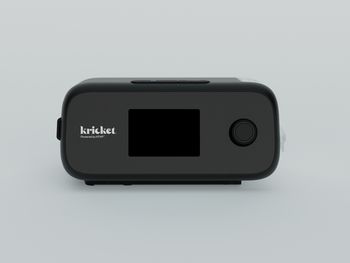S.C. bill to expand care via physician assistants
In South Carolina, Senate Bill 553 is proposing that physician assistants should be allowed to practice without supervision after 6,000 hours of clinical training. Currently, they must complete only 3,000 hours. If passed, this bill would also make PA’s legally accountable for their patients’ care. The bill has sparked debate on both sides. Those in support argue that more help will decrease physician burnout, but those against say 6,000 hours isn’t nearly enough. Physicians must complete 16,000 hours of clinicals, in addition to undergrad and medical school training.
Doctors speak out against noncompete relocations
The Federal Trade Commission has proposed to end noncompete relocations on the grounds that the freedom to change jobs is key to a thriving economy. Noncompete agreements are common - the FTC estimates 30 million employees are bound by one. “They forced me to abandon my patients,”Dr. Vanessa Urbina, a general practice physician in central Florida said in a press release. Dr. Robert McNamara, the chair of emergency medicine at Temple University, shares her views. “We don’t have any trade secrets.”
A direct path from high school to med school
Students who have known they want to become a physician from an early age may benefit from an accelerated program. These programs, now offered at more than 40 medical schools across the country, compress undergrad and medical school into six to eight years. One of their main functions is to send graduates back into the local community. At the 7-year BS/MD program at the City University of New York School of Medicine (CUNY Med), 100% of residents were matched in 2023. Fifty percent of those students were placed into primary care roles and 75% stayed in the New York City area.















